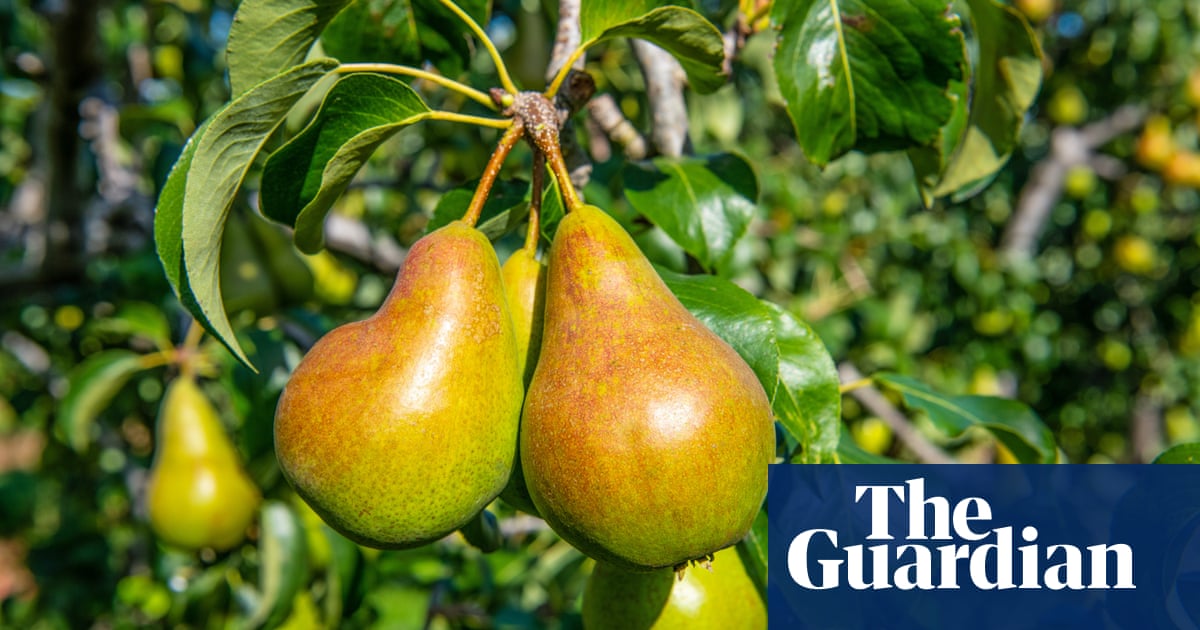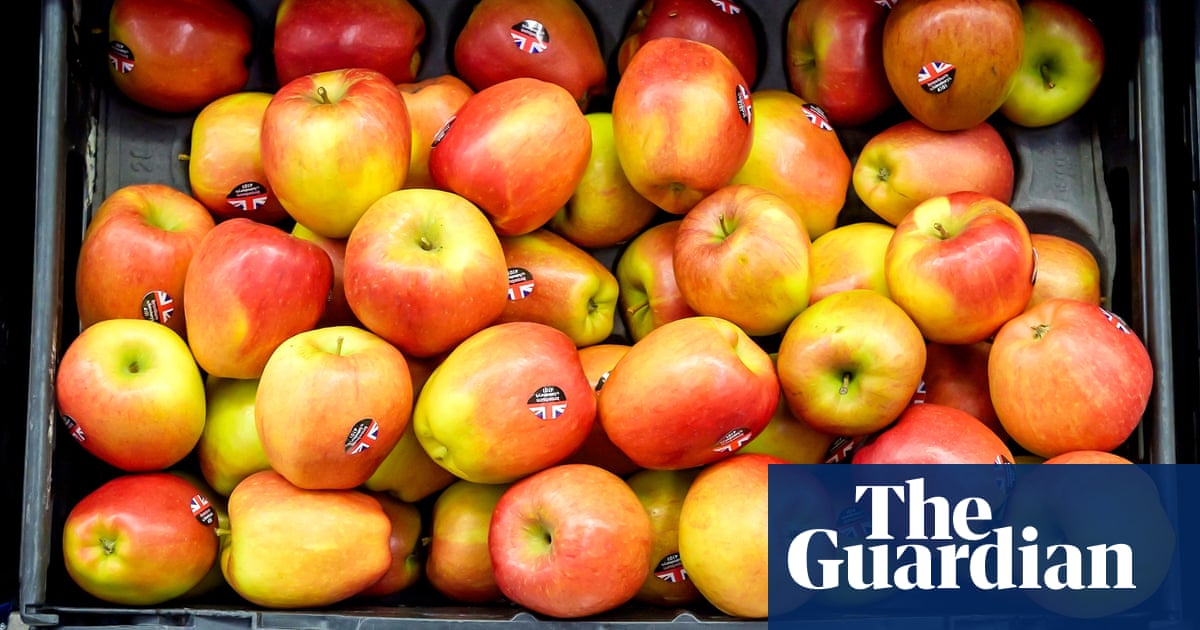
It’s something of a myth that there is less to do in the garden during winter. There’s always plenty to get on with, just fewer daylight hours in which to do them in. And certain things must be done in the middle of winter, when most perennial plants and trees are dormant.
One such job is pruning mature fruit trees – apples and pears – so as to maintain their shape as well as keep them healthy and productive. Pruning an established tree can feel like a daunting task but with a few helpful guidelines, you can be cutting confidently in no time.
First, gather your tools. You will need a sharp pair of secateurs or loppers as well as a pruning saw. Then start by following the first pruning principle, the three Ds: take time to examine your tree and remove any branches that are dead, diseased or damaged.
As you are doing this, think about thinning out any areas where the branches are congested, to improve airflow and to ensure that sunlight will be able to reach and ripen your future fruit. Work slowly and carefully (as you should whenever using sharp tools) and aim to make clean cuts that don’t tear the bark.
It’s worth taking things slowly at this stage, removing a few branches then taking a step back to see whether you’re happy with the shape
Remove any branches that cross others, as they can rub together and cause damage that would be an entry point for pests or diseases, then prune away any suckers that have appeared around the trunk, as they can affect a tree’s vigour.
Next, think about shaping your tree. The formative pruning your tree received will inform how you approach this, but generally speaking you’re aiming for an open goblet shape. Even if you are an old hand at pruning trees, it’s worth taking things slowly at this stage, removing a few branches and then taking a step back to assess whether you’re happy with the shape.
A cut that removes an entire branch (where the branch diverges from the trunk or older branch) should result in no new growth. Whereas a cut partway along a branch should result in growth below the cut, from a node (the point where leaves, buds or shoots grow from).
When you’re making this second type of cut, you are influencing the direction of growth of the tree in the following season, so make your cuts above nodes that point in the direction you want your tree to grow.
You want to aim to reduce the tree by no more than 20%, as over pruning can be detrimental to the health of a tree, especially an older one.
Tree pruning may not be the most exciting of gardening jobs but it’s one of those tasks that you’ll be patting yourself on the back for doing when your tree’s boughs are heavy with fruit later in the year.











